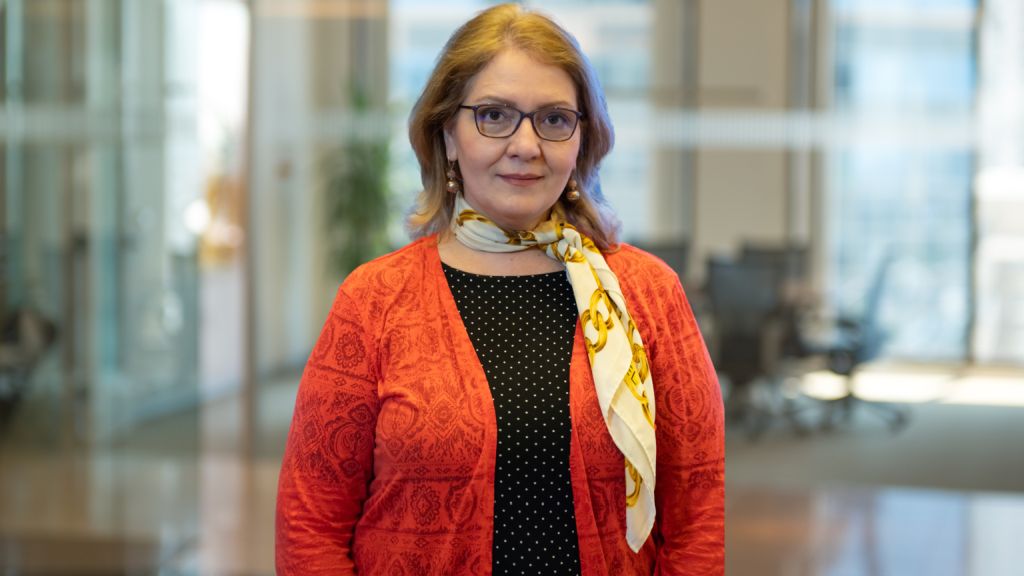In the first half of 2018, 86% of the main initial currency bids (ICOs) that were quoted on a cryptomontage exchange in 2017 are below their initial quotation price and a portfolio of these ICO- 66 percent of the market's peak since the beginning of this year. Moreover, 30% of them have lost substantial value.
The study found that the lack of a substantiated assessment and a due diligence process by potential investors led to extreme volatility in ICO performance, which is still a problem.
The study also found that ICOs claimed they had raised more than $ 15 billion in 2018, compared to $ 4.1 billion in 2017.
However, EY found that only 29% (25) of the ICO projects in 2017 that EY evaluated had prototypes or work products - an increase of only 13% since December 2017. The remaining 71% did not have no offer on the market.
Virtual coins decrease in value
The study also examined the 25 companies with work products. Of the 25, seven accepted payment in current currency ("fiat") as well as ICO coins for their product offerings. As a result, customers can make direct purchases without buying the coins issued in the ICO process, thus avoiding the coinage community and lowering the value of ICO coins. In at least one case, an ICO company abandoned ICO investors by failing to accept coins (de-tokenization).
The Ethereum platform remains dominant
Ethereum is the dominant platform and shows the greatest activity among developers and social media.
Although new platforms appear on a regular basis, there is no sign that the new ICO infrastructure projects have had any success in reducing Ethereum domination as the industry's leading platform.
Conclusions
The study concludes that, given these developments, the level of benefits does not seem to justify the risks assumed on this market, and gains can only be achieved through exceptional luck or a visionary portfolio strategy.
The due diligence and risk awareness process is therefore more important than ever. In Romania, we can not say that things are in any way different. After the effervescence of the investors early this year, the field slowly entered into a shadow of contention. The authorities have not rushed to regulate but not to ban the phenomenon, waiting for a decision at the European Union level (decision that is still to be expected).
In addition, from the fiscal point of view, the problem of cryptomonas appears to be completely ignored, and authorities are not interested in providing solutions to those involved in such operations.
For now, things seem frozen. Investors who have bet on the field from the start and are now on some significant potential gains do not have the courage to go to the authorities and ask for clarification.
On the other hand, the tax office can not demand payment of tax on such earnings, as long as the cryptomonas are not real money money to be transferred to taxpayers' accounts (natural or legal persons).
Those who have learned the domain later are also indecisive. To the extent that things do not seem at all transparent, the risks are very high, and the ghost of the Caritas phenomenon over two decades still haunts.
We are therefore expecting the blockchain technology behind this area to demonstrate its huge potential. Only then can we say that it really begins a new era in the economy, dominated by cryptomonades.






























